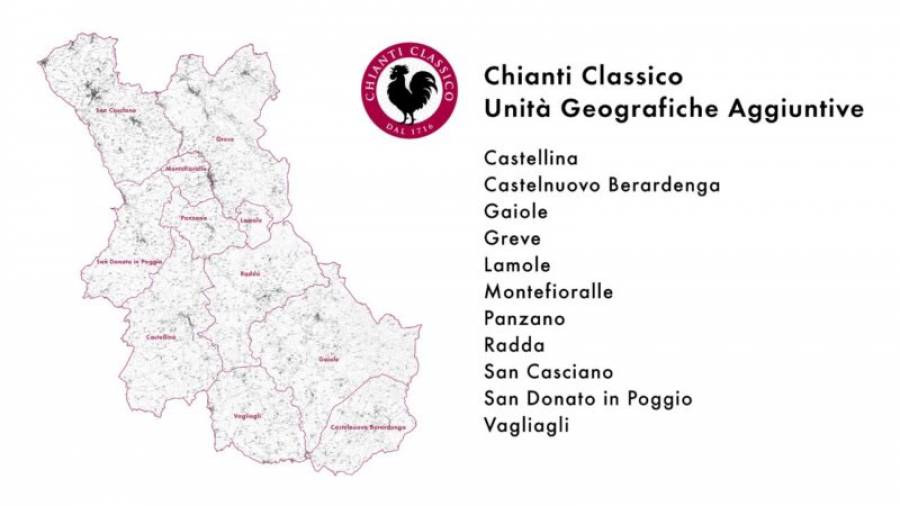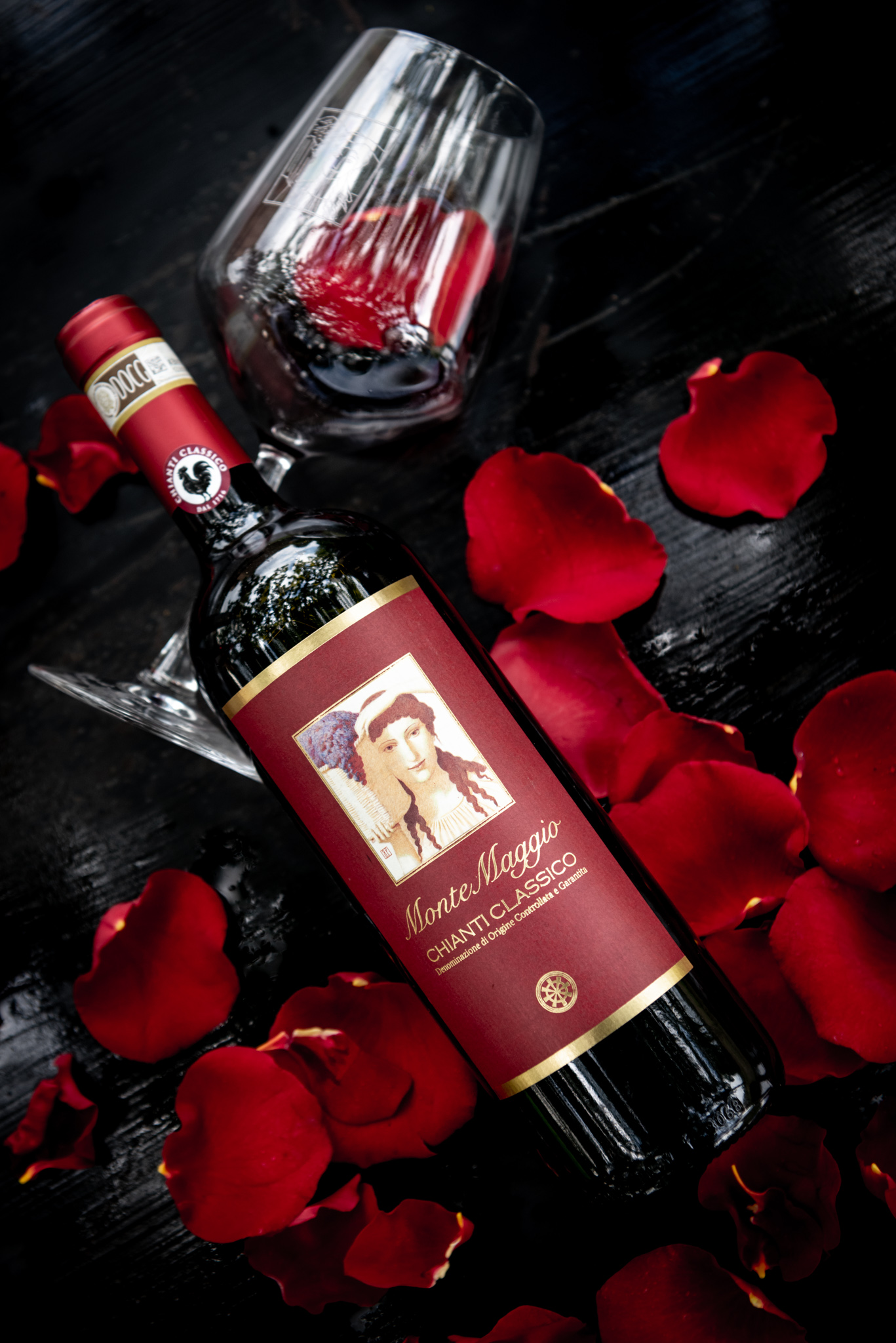
At the Fattoria Montemaggio, we have often talked in our blog about the Chianti Classico area and obviously about the Chianti Classico Consortium, explaining its origin, its function, and talking specifically about the various sub-zones within this area.We tried to explain how important it is to emphasize the typicality of each area, and how each product was unique because of the peculiarities of the various “terroirs” of all these sub-areas.This is why we are so happy to inform you that several changes have taken place within the Chianti Classico disciplinary.

A new law was voted and approved, which will protect the typicality of the various Chianti Classico produced in different subzones. Our Consortium have been therefore identified and delimited some subzones within the production area of Chianti Classico, “distinguishable according to specific criteria such as enological recognizability, historicity, notoriety and relevance in terms of volumes produced: Castellina, Castelnuovo Berardenga, Gaiole, Greve, Lamole, Montefioralle, Panzano, Radda, San Casciano, San Donato in Poggio (including the territories of Barberino Tavarnelle and Poggibonsi), Vagliagli” (source: Federvini)
These sub-areas have been called Additional Geographical Units. Such subdivision will not only take into account the enological characteristics of a wine, but also territorial and historical ones as well. This is a way to underline and exalt the typicality of the different “terroirs”. Every single area or unit has different pedoclimatic characteristics and every producer, according to the area, will make certain choices from the point of view of approach both to viticulture and to work in the cellar. Moreover, let’s not forget the personal factor.
Different palates will tend to prefer certain wines and, as a consequence, different winemakers will make certain choices instead of others. Therefore, the wine will have unique and inimitable characteristics.These UGA will initially be applied only to the Gran Selezione type “with the availability and the opening to the use of the other two types in the near future: a choice of strategic importance in order to strengthen the intent of UG to represent the excellence of the territory, being able to compete, in a more incisive way, with the greatest wines of the world” (source: Federvini) Hence, this change in disciplinary will help to valorize the single territories. Moreover, there are also changes in production regulations for the Great Selections. The minimum percentage of Sangiovese will therefore be 90%. In the case of blending with other grapes, international varieties will no longer be allowed. Producers will only be allowed to use autochthonous red berried grapes up to a maximum of 10%. These choices are aimed at maximizing the value of our territory and the typicality of the various areas.This is the future of the Consortium of Chianti Classico:Maximum valorization of the typicality of the various geographical units and maximum expression from the point of view of wine production.Wines that will tell about this wonderful land, that will tell about the ones who produced them Wines that are able to involve, excite and make you fall in love.






Leave a Reply